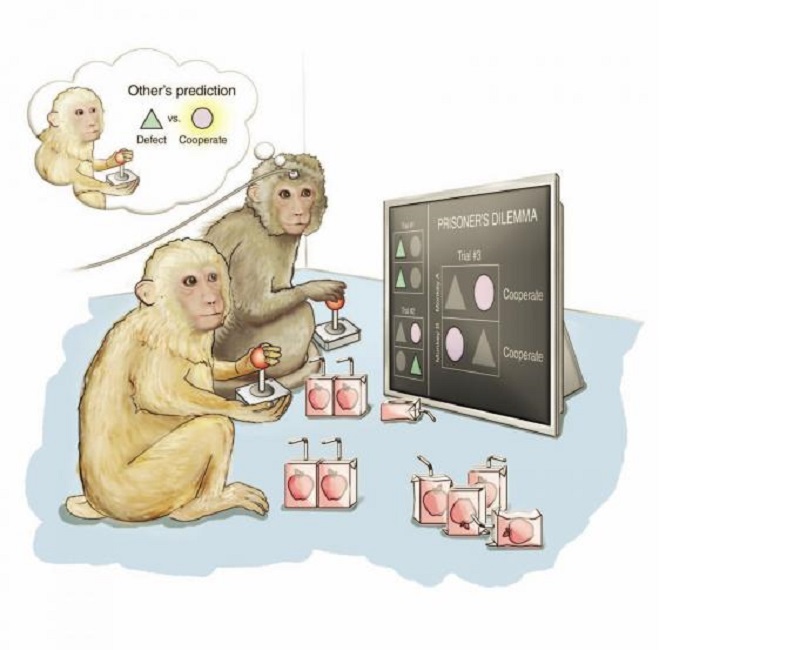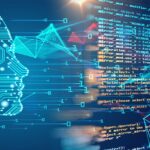- March 3, 2015
- No Comment
- 139
Scientists Find Brain Parts that Anticipate Others’ Intentions & Actions

Scientists have discovered the part of brain, which calculates the intentions of others, and scientists believe that that have discovered the neuronal basis in the brain for the cornerstone of the successful social interchange. This functionality of the brain will lead to find the intentions of the others. This research has been come out from the test made on the monkeys, when mapping the brain signals of male Rhesus Monkeys during the games that test social cooperation and social anticipation. The researchers believe that evaluating the nerve basis of cooperative social interactions “paves the way for the targeted treatment of social behavioral disorders like as autism spectrum disorders.
Dr Keren Haroush, who is a leading author in the Journal cell, says that: “many conflicts and adversarial interactions arise from an inability to accurately read the others hidden mind state and intentions. On the other hand, Dr. Haroush, who is the post graduate doctor at the Massauchusetts General Hospital-Harvard Medical School Center for the Nervous System Repair, says: Understanding where and how these computations are performed within the brain may help us better understand how such complex and social interactions occur.
The researchers conducted the number of different trials on the RHESUS Monkeys confronted with the classic Prisoners dilemma game, and they also performed the number of different tasks, which were showing that this is possible to find the interactions. The author says: “ The key to succeeding in the game relies on the ability to anticipate the other’s simultaneous, yet unknown intentions.”
The game task united two crucial properties for the monkeys, the author explains, and they got to know the hidden interactions and intetentions of the monkeys present. According to the crucial game outcome, one relates with the contingent upon the mutual concurrent decisions of both individuals, so, here, we can say that, this is not a guarantee of any sort of outcome, while we can expect the other imagination that both decisions can be either concordant or discordant.

During the experiment, a monkey received the largest amount of juice, when it decided to defect it while the opponent choose to cooperate, where as both monkeys showed a sense of reward for mutual cooperation, and lowest reward for the both monkey.
The researchers also recorded the signals for the anterior cingulate, which is involved in understanding the social information and this is related with other brain regions that play an interactive role in interactive behavior.
The results was shown into the following way:
The activity of about quarter of anterior cingulate neurons reflected the monkey’s own decision on a given trial.
The activity was affected by the opponent’s upcoming choice about the third of neurons.
Along with this, authors remarkably concluded about the predictive cells during the joint interactions constituted over a third of the cingulate task responsive population and were prevalent than cells encoding the monkey’s own present selections. Dorsal anterior cingulate accurately predicted the monkeys own choices in 66% of the trials, and the opponent’s yet unidentified choices in 79% of the hearings.





